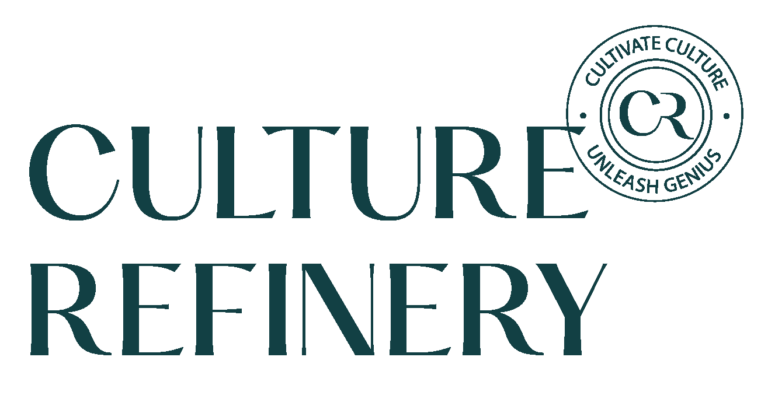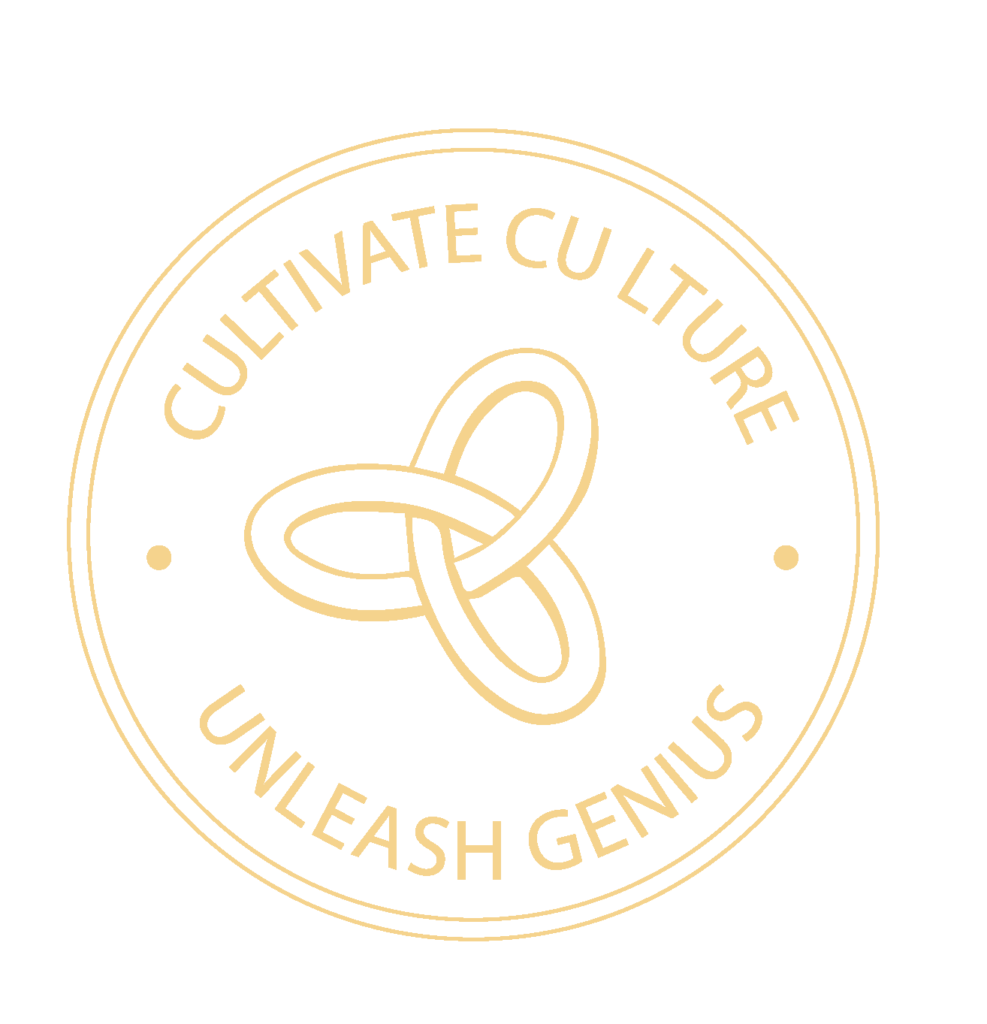Month-long observances:
Arab American Heritage Month
Every year nearly 15,000 Middle Eastern immigrants migrate to the United States, fusing Arab heritage into American culture and creating new ways to view art, music, language, and ways of life. This month honors these contributions and celebrates the people who brought them into our modern-day lifestyles.
Celebration Suggestion: Look into and support Arab American Month initiatives sponsored by your local government. Enhance your DEI efforts with resources provided by the Arab America Foundation, including a curriculum kit and special certification.
Autism Acceptance Month
Autism affects people of every age, race, and gender – each one with their own unique set of characteristics across a broad spectrum of communication and sensory needs. Advocates embrace Autism Acceptance Month as an opportunity to create a greater understanding of those unique experiences for every autistic individual.
Observance Suggestion: Research autistic creators and spokespeople to collect and share stories from an autistic person’s point of view. Look into commonly requested accommodations for autistic employees and make a plan to incorporate them into your culture.
Earth Month
April is the time for reinvigorating environmental awareness. Activists all over the world collaborate to create sustainable solutions for controlling climate change, keeping animals’ habitats safe, and protecting the soil to grow our foods.
Observance Suggestion: Commit to an annual energy audit. Assess the ways in which your organization is using energy and set goals to improve usage throughout the year. Kick it off this April and celebrate your success and new commitments next year.
National Child Abuse Prevention Month
Child abuse is a widespread issue that shows up in diverse and devastating ways. Experts say the best prevention is supporting parents so they can care for their kids safely. This month is dedicated to breaking abuse cycles and supporting parents in nurturing their family dynamics.
Observance Suggestion: Ask your employees the best ways you can help them, including benefits like EAPs, childcare, and paid family leave. Make a plan to incorporate those benefits into your culture. Share resources for employees to access immediate support to raise awareness.
National Volunteer Month
Nonprofit organizations and community causes rely on volunteers to move their missions forward. This month celebrates the time, money, and knowledge volunteers offer to support the communities and organizations they care about.
Celebration Suggestion: Create a culture of volunteerism by providing paid time off to volunteer, featuring employees who volunteer in company communications, and requiring executives to commit to a certain number of volunteer hours. Celebrate theses initiatives through an opt-in company-wide volunteer opportunity.
Calendar dates:
April 2 – World Autism Acceptance Day
Also known as World Autism Awareness Day, World Autism Acceptance Day was created by the UN to create greater awareness of autism around the world in order to overcome the stigma and discrimination of neurological differences that negatively impact the lives of autistic people.
Observance Suggestion: Reach out to an autism advocacy or support group to learn about any public events, speakers, or educational opportunities to share with employees.
April 3 – Asian American/Native Hawaiian/Pacific Islander Women’s Equal Pay Day
On average, most Asian American women and Pacific Islander women earn about 77 cents for every dollar of a white man. Some subgroups have an even larger gap. Today, we recognize that the pay gap exists and we work to shine a light on the nuances of keeping it open.
Observance Suggestion: Ensure all your AANHPI women are getting paid the same as white men doing the same jobs. Consider setting up extra funds for them to help them catch up on lost income in the past. Your help in compensation proves your dedication to closing the gap.
April 6 – Laylat al-Qadr (Muslim)
The Night of Power is the holiest night of the year for Muslims. On this night, the angel, Jibril, delivered the first verses of the Holy Qur’am to the prophet Muhammad. During this time, sins are forgiven and the annual decree of people is revealed to angels.
Observance Suggestion: Observation traditionally includes fasting and prayer. Be mindful of employees who may require rest or time off to incorporate their practices into their day.
April 6 – National Tartan Day (Scottish) (same every year)
Commemorating the signing of the Scottish Declaration of Independence, National Tartan Day is celebrated every year in the United States, Canada, Australia, and Argentina. People of Scottish descent wear tartans, or woolen plaid designs specific to their family clans.
Celebration Suggestion: Encourage employees with Scottish heritage to research and share their family tartans, or have your design team create a custom tartan with your brand colors for the day.
April 7 – World Health Day (same every year)
The World Health Organization’s 2023 theme for World Health Day is “Health for All” – promoting the idea that the right to health is a basic human right.
Celebration Suggestion: Arrange a conversation for employees around the theme “Health for All” and what it means to them. Share this video from The WHO about what Health for All would look like in the future.
April 12 – National Day of Silence (LGBTQIAA+)
The National Day of Silence aims to shed light on the bullying, hate, and violence LGBTQIAA+ people experience daily. While this day started as a movement for the youth in schools, it’s since branched out into workplaces and sporting events. People take this day to be silent, just as many LGBTQIAA+ people have been silenced.
Observance Suggestion: Create a day, or moment, of silence at your organization, or become a sponsor of the Gay, Lesbian, and Straight Education Network’s events for students.
April 13 – Vaisakhi
Vaisakhi marks the spring harvest or, in some cases, the Solar New Year. Many Sikh families get together to share food, dance, and other celebrations.
Celebration Suggestion: Sikh communities are hugely welcoming. If there are any Sikh members within your organization, ask about their celebrations. Be prepared that they may ask you to join in on the festivals and hear their historic stories.
April 15 – Bengali New Year
Marking a new financial year, the Pohela Boishakh is an important festival for Bengalis. During this time, people visit temples to seek blessings from the Gods and Goddesses for a prosperous new year. After, many men and women get together for food and company.
Celebration Suggestion: Send a message to employees with wishes for a prosperous year in observance of the day.
April 20 – Start of Ridvan (Baha’i)
Ridvan is a festival commemorating the 12 days of Baha’u’llah spent in the garden of Ridvan (the capital of Iraq). This is the same place where he declared himself as The Promised One.
Celebration Suggestion: There are three holy days in the festival: The first, the ninth, and the twelfth days. Make sure anyone who celebrates is able to take these days off so they can focus on their holy celebrations at home.
April 21 – Mahavir Jayanti
Mahavir Jayanti is the most important religious holiday in Jainism. It honors the birth of Mahavira, the final great sage in Jainism. As part of the celebration, an idol of Mahavir is placed on a chariot and displayed in Rath Yatra, a procession full of music and lectures read by nuns and monks.
Observance Suggestion: Mahavir Jayanti’s beliefs were against selfishness and royalty. Create a system to recognize random acts of kindness across your organization.
April 22 – Earth Day (same day every year)
Every year, we become more and more aware of the serious concerns for our planet’s changing environment. Earth Day is a time for all of us to gather together and promote awareness by choosing more earth-friendly ways of doing things.
Observance Suggestion: Decide on an Earth-friendly activity you and your organization can take part in: a new recycling program, carpooling, and using metal straws in the break rooms. Whatever it is, commit to doing it yourself and make sure your team members see you doing it. Encourage them to also participate.
April 22-30 – Passover (Jewish)
Also known as the Feast of the Unleavened Bread, Passover commemorates the Biblical story of Exodus. In this story, God freed the Israelites from Egypt. Jewish families celebrate for eight days with traditional foods and readings from the Haggadah.
Celebration Suggestion: Avoid booking meetings and events during Passover, ask about dietary restrictions if there are events, and be flexible with requests for time off to observe.
April 24 – Administrative Professionals Day
A strong administrative team is essential for seamless day-to-day operations. Most administrative professionals carry the workload of several titles under a single umbrella. Take this opportunity to thank your administrative professionals, regardless of the technical role they have.
Celebration Suggestion: Spotlight your administrative team and the work they do to keep the company running through a dedicated newsletter, video, or celebration. Invite your admin team to a roundtable where executives hear their takes on areas of improvement for the organzation.



